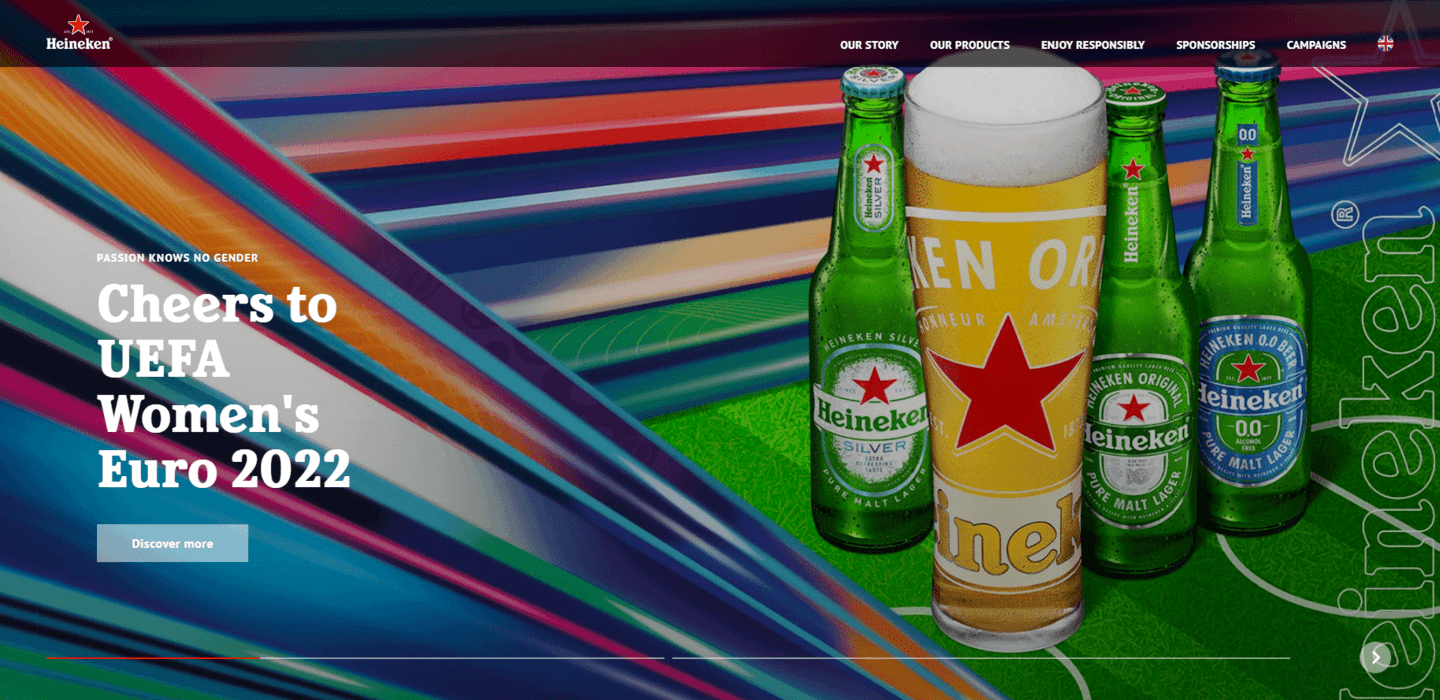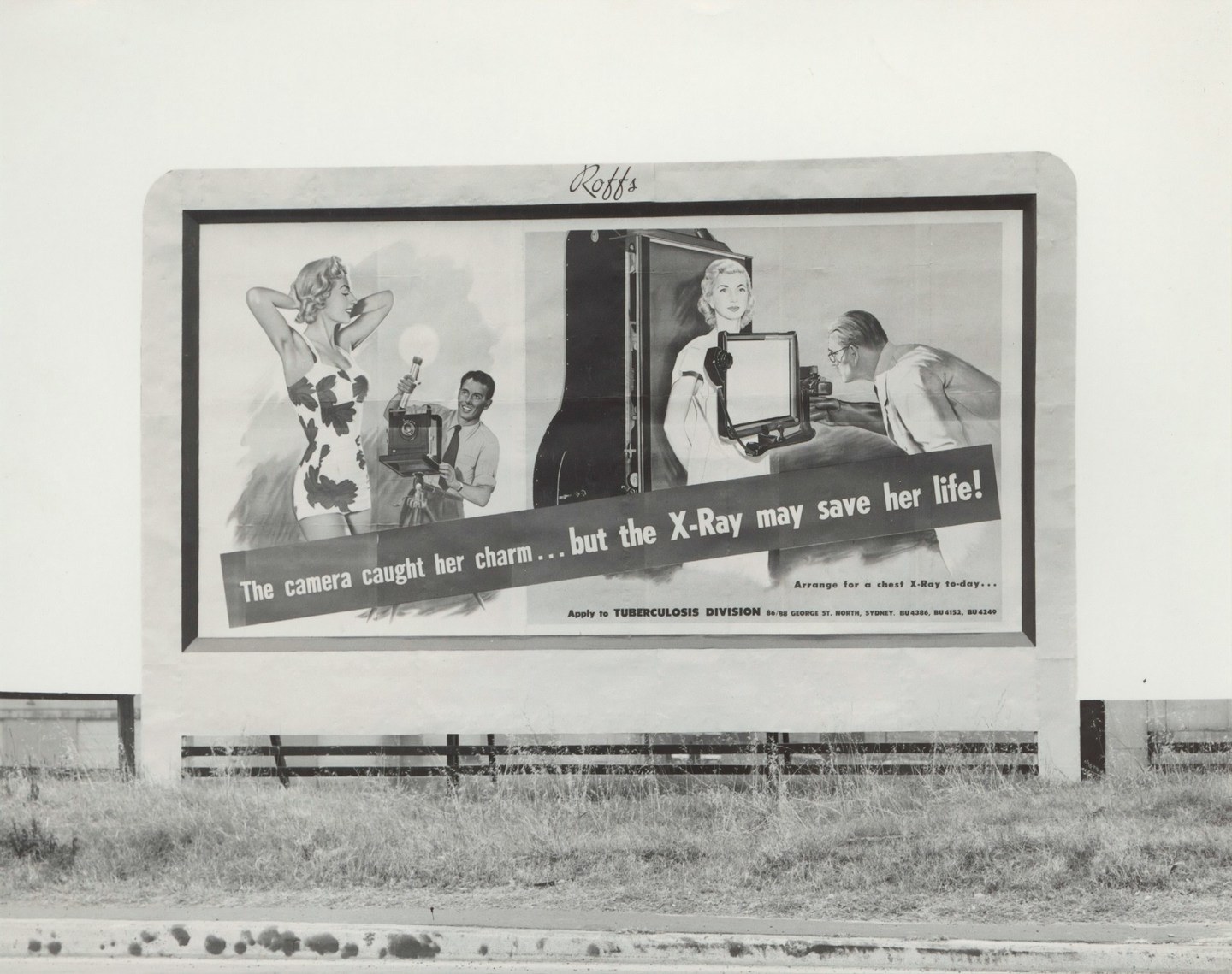Even the biggest organisations are often unwittingly using brand language or a tone of voice that alienates their audiences. Is your brand voice dated? Or even working against you?
In an era that embraces authenticity and inclusivity, it’s alarmingly common to encounter divisive language or a tone that’s rooted in the values of yesteryear. From real estate companies that proudly value profit over people, to brewers that forget that women buy beer too, there’s a section of business that’s stubbornly stuck in the last century.
Meanwhile, the rest of us have moved on. Customers increasingly expect personal experiences from brands that make them feel valued and treat them as individuals. And many brands are striving to be more human in response, using brand language that is inclusive and relatable.
Is your brand up to speed?
Corporate speak is dead
The language you use has a powerful impact on your brand. And that doesn’t just apply to marketing and advertising campaigns, either. It’s worth remembering this whether you’re sending internal communications to employees or legal terms and conditions to new customers. At every stage of the customer journey: the nuances of language are recognised and influence the brand experience.
For years, brands sought to stamp their authority and expertise on specific products, industries or areas using corporate, assertive and formal language. That’s all in the past. Now, sounding ‘corporate’ is a byword for coming across as stiff, impersonal or jargon-heavy. Today’s customers are looking for brands that sound more ‘human’.

How do you ‘humanise’ your brand?
Ultimately, it’s about building emotional connections and relationships with people (not ‘consumers’). Customers are increasingly responding to brands that offer support, show transparency and honesty, treat them like individuals and make them feel valued. In other words, customers are responding to brands that behave more like people, that take the time to build a relationship with them.
To humanise your brand, you’ll need to focus on more than language alone. But it’s the perfect place to start. Using different language can open up mindsets to new ways of thinking that will alter how you approach challenges and offer customer solutions. Using the right language can even foster a stronger, happier, more productive team.
Embracing Diversity, Equity and Inclusion
The ‘right’ language for your brand to use will depend on a variety of factors including your industry, target audience and brand positioning. However, using inclusive language is essential for all brands.
The set of values known as Diversity, Equity, and Inclusion (DEI) aims to make everyone within an environment, regardless of race, ethnicity, religion, ability, gender or sexual orientation, feel supported and welcome. From a language perspective, the words you use should not exclude or offend any certain people or groups. This means using gender-neutral language, being wary of terms such as ‘preferred pronouns’ that imply choice and writing for web accessibility. See our DEI language guide for more useful tips.
Bringing brand language into the 21st Century
So, what does 20th century language look like? We’ve plucked out a few comparisons to demonstrate the difference.

Property
“We get it done.”
vs
“Helping you find or sell your home.”
When you land on a homepage, the opening tagline will spark that instant first impression of your brand values. It can create instant familiarity and inclusion or the exact opposite. These two opening taglines give an immediate indication of what it will be like to use the services of these two estate agents.
The former is assertive, authoritative and implies that the customer won’t be involved in the process of buying or selling. It lacks the acknowledgement that the result will be different for each person – a prime example of 20th-century language in action.
In comparison, the latter are already putting themselves in a supporting role. The use of ‘home’ acknowledges that their customers will have huge sentimental attachments to their properties. Their opening line implies a personal touch that brings the customer along the journey.
Automotive
“With power delivered by a completely new hybrid architecture consisting of a 2.4-litre turbo engine and 6-speed automatic transmission, it delivers 371 DIN hp or 273 kW for an exhilarating 0-62 mph (0-100 km/h) in 6.2 seconds.”
vs
“Designed for maximum aerodynamic efficiency, the new [car make and model] slices through the air making your drive more fuel efficient.”
Using inclusive language shouldn’t just be for flashy ad campaigns. Your brand tone of voice and clear language must be there throughout the customer journey, especially when it gets to the details.
The former’s single sentence has a full dose of jargon and stats that won’t mean much to most customers. It may excite the engineers in the room but the there’s little emotional connection in the dry stats on offer.
In comparison, the latter focuses on the feel. It’s a much more evocative mental image to be ‘slicing through the air’ than ‘delivering 371 DIN hp’. It has the added bonus of framing the driving experience in terms of fuel efficiency, serving the bigger picture and adding value. A case of fewer words saying more.

Personal care
“We pride ourselves on helping every man to be at their best. From shaving to beard care and beyond, [brand] has been at the forefront of grooming since 1901…”
With an ‘About Me’ page starting like this, you’d be forgiven for thinking that this personal care brand only sold male-focused products. Unfortunately not. There’s a well-known brand and a wide range of products devoted to women lumped together within a single product category.
Zeroing in on specific target personas can’t be at the cost of alienating other large swathes of your audience. For every customer to feel valued and treated like individuals, they must be given the same priority and the same level of customer service. Inclusive language is desperately needed.
Beer
“Because we know that these guys, just like our beer, are “Only Ordinary By Name.”
vs
“We’ve never forgotten that quality is measured not in the size of our brand but in the purity of our beer.”
In many cases, it’s the small details that can make or break how inclusive your brand is portrayed. One of the best exercises is to look at your copy from different perspectives and avoid using your own social group as the ‘default’ group. Comparing the above ‘About Us’ page’ openings, the latter displays an approachable, inclusive attitude while the former falls into the trap of using a term best avoided when referencing a mixed-gender group.
How to spot if your brand is using 20th century language
A quick checklist for marketers to compare their copy against:
Are you providing an inclusive space? Does your website or communications use outdated language or any words that alienate sections of your potential audience?
Are you inviting your audience to participate in the customer journey? Are you using open language that invites audiences to feed back and engage (not just passively receive) communications? Are you encouraging a two-way dialogue?
Does your brand language show honesty and transparency? Respecting your audience means showing self-reflection. Honesty and pro-active transparency when you’re not meeting expectations and what you are doing to solve the scenario.
How much industry jargon are you using? A little jargon in the right context can speed up understanding and show you know your stuff. However, most jargon is just there to create some smoke and mirrors. Use simplified language and aim for audience understanding.
Think your brand voice is stuck in a rut?
We can make it ready for 21st century audiences.



